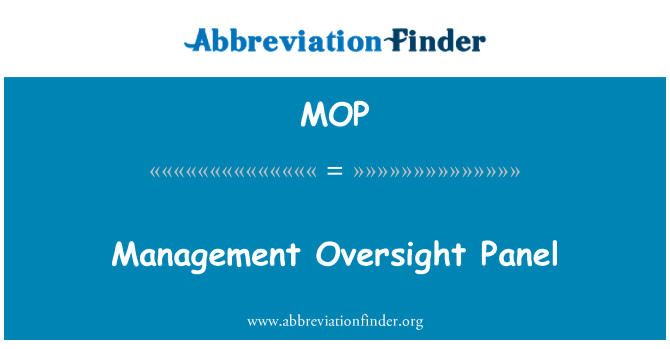


While negotiated rulemaking is required in only a handful of agencies and plenty still use the traditional process, others have recognized the potential of the new process and have adopted it. This process was codified in the Negotiated Rulemaking Acts of 19, which encouraged agencies to employ negotiated rulemaking procedures. They proposed the negotiated rulemaking process, often referred to as regulatory negotiation, or “reg-neg” for short. Reformers argued that these inefficiencies needed to be corrected. Have a look at all the important information the government’s journal posts online. Now, however, it is available online and is far easier to navigate and use.
.png)
The Federal Register was once available only in print. As a result, administrative rulemaking became too lengthy, too contentious, and too likely to provoke litigation in the courts. But rather than encouraging the productive interchange of ideas, the comment period had the effect of creating an adversarial environment in which different groups tended to make extreme arguments for rules that would support their interests. By publishing the proposal, the bureaucracy was fulfilling its obligation to allow the public time to comment. This practice required that agencies attempting to adopt rules publish their proposal in the Federal Register, the official publication for all federal rules and proposed rules. Before it was adopted, bureaucracies used a procedure called notice-and-comment rulemaking. Negotiated rulemaking is a relatively recently developed bureaucratic device that emerged from the criticisms of bureaucratic inefficiencies in the 1970s, 1980s, and 1990s. Congress cannot possibly legislate on that level of detail, so the experts in the bureaucracy do so. When they encounter grey areas, many follow the federal negotiated rulemaking process to propose a solution, that is, detailing how particular new federal polices, regulations, and/or programs will be implemented in the agencies. Once the particulars of implementation have been spelled out in the legislation authorizing a new program, bureaucracies move to enact it. While that is not the only explanation, elected leaders and citizens have developed laws and institutions to help rein in bureaucracies that become either too independent, corrupt, or both. This challenge arises partly due to the fact that elected leaders tend to have partisan motivations, while bureaucracies are designed to avoid partisanship. Historically, at least since the end of the spoils system, elected leaders have struggled to maintain control over their bureaucracies. Understandably, then, the processes of rulemaking and bureaucratic oversight are equally complex. Identify the ways in which privatization has made bureaucracies both more and less efficientĪs our earlier description of the State Department demonstrates, bureaucracies are incredibly complicated.Explain the way Congress, the president, bureaucrats, and citizens provide meaningful oversight over the bureaucracies.By the end of this section, you will be able to:


 0 kommentar(er)
0 kommentar(er)
